-
Increased efficiency through increased longevity of dairy cows
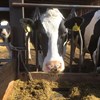
-
Increased sustainability in dairy production through improved feed efficiency
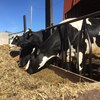
-
The multi-functional dairy farm: Indicators and tools for eco system services and biodiversity
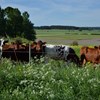
-
Nutrition and health indicators in Life Cycle Analysis (LCA) of food products
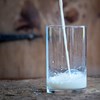
-
Methods and recommendations for environmental evaluation of agriculture and food production

-
Indicators and scenarios for Swedish milk
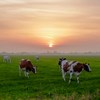
Research projects
These six research projects were included in the program "Sustainable production and consumption of milk ". The aims was to create conditions and generate new knowledge for more sustainable milk production.
Published: 08 February 2024 - Page editor: futurefood@slu.se
Loading…